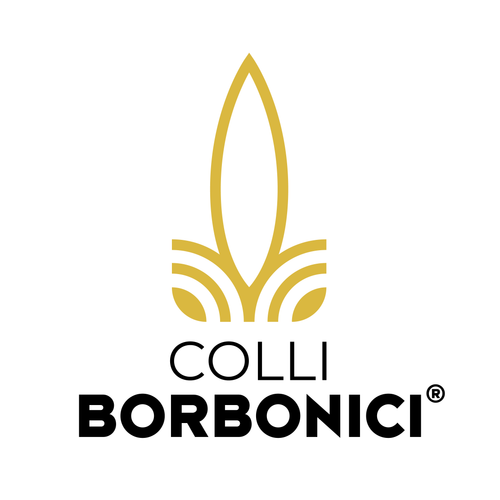In previous articles on our blog we talked about the importance and legal obligation of carrying out chemical analyzes on a sample of the olive oil production batch to objectively certify the extra virgin characteristic.
We have also underlined the importance of sensory analyzes through the so-called Panel Test, a commission made up of experts in the field of extra virgin olive oil who conduct a sensory analysis on the sample under examination. However, compared to chemical analysis, the test is not mandatory by law but this does not downgrade its importance in discriminating the quality of the oil.
Unfortunately, news reports tell of numerous cases of fraud relating to olive oil which is placed on the market passed off as extra virgin but which in reality is not. The limiting acidity value of 0.8 can be chemically modified through additives and the compound diluted through various oil blends to obtain a product that falls within the limits established by law but which is qualitatively not remotely comparable to an extra virgin olive oil of quality and which does not bring with it the peculiar characteristics of an extra virgin olive oil which are beneficial for health.
This is one of the main reasons why sensorial analysis through the Panel Test represents the additional verification to chemical analyzes allowing to discriminate low quality or counterfeit oils with higher quality extra virgin olive oils.
The olfactory and taste test conducted by the team of experts detects all the defects due to incorrect elements in the production of olive oil, from the quality of the olives, the harvesting and processing times, the storage methods of the finished product and possibly the possibility of mixing with other oils.
It is clear that the quality of an extra virgin oil must be measured both by chemical analyzes and by sensorial analyzes in order to protect the consumer from purchasing low quality products that do not bring any health benefits.
The Colli Borbonici® extra virgin olive oil , in compliance with current regulations and for transparency towards its customers, attaches the results of the sensorial analyzes conducted by the reference test panel for the Salerno Chamber of Commerce. The result of the test certifies that our product is an extra virgin olive oil as reported by Regulation (EEC) No. 2568/91 of the Commission of 11 July 1991.
The results are reported below

The results show a median of the defect equal to 0 , typical of extra virgin olive oil, a median of the fruitiness equal to 3.1 such as to configure the oil as medium intensity and the median of the bitter and spicy at 3 respectively 3.7 and 3.6 .
We will go into more detail in a future article on the methods of tasting and identifying defects in an oil through the description of simple steps that even non-experts can carry out in order to train their sense of smell and taste in recognizing an extra virgin olive oil of quality compared to low quality products.

